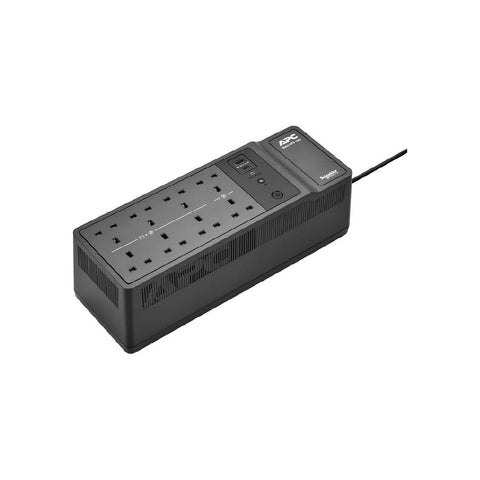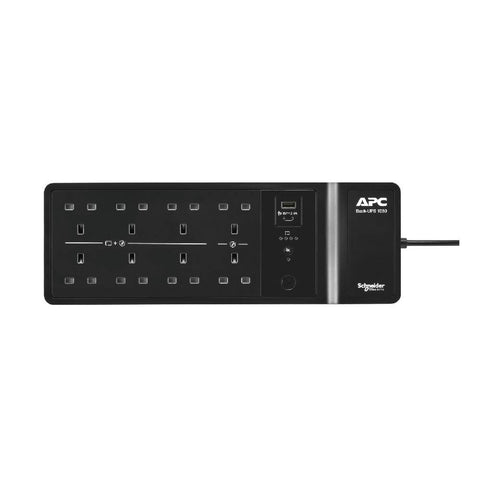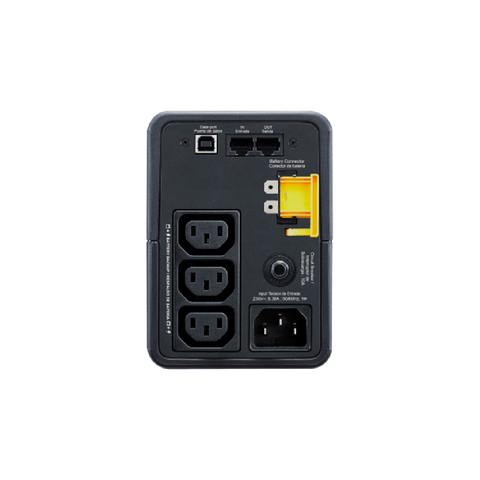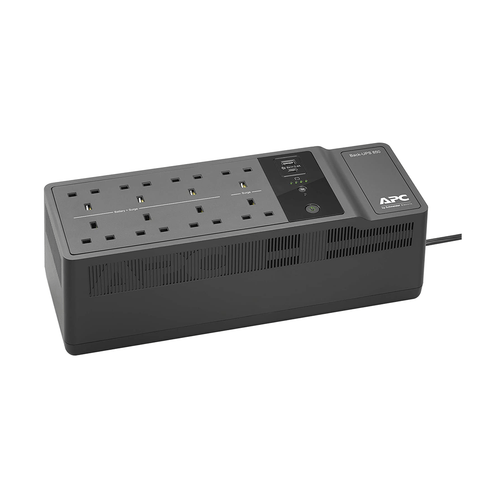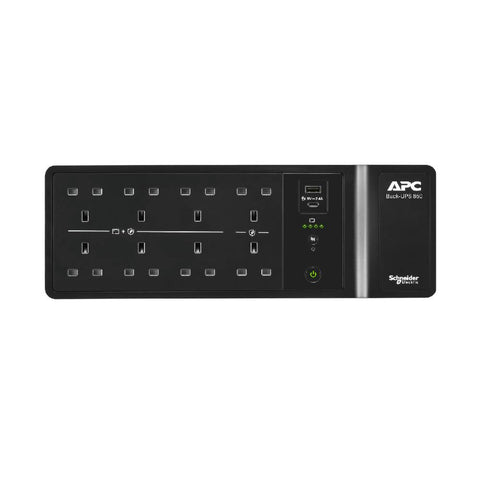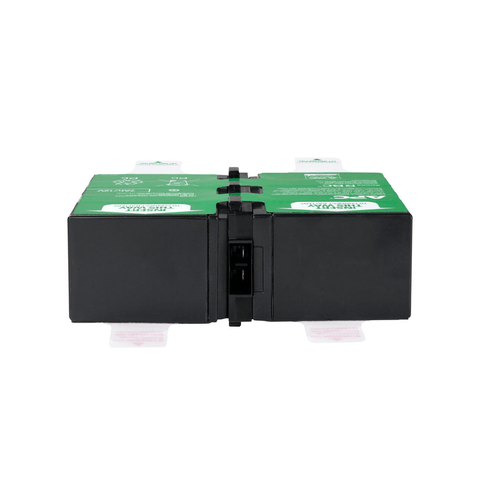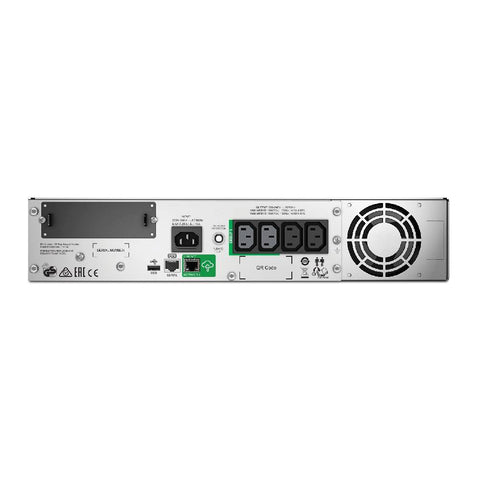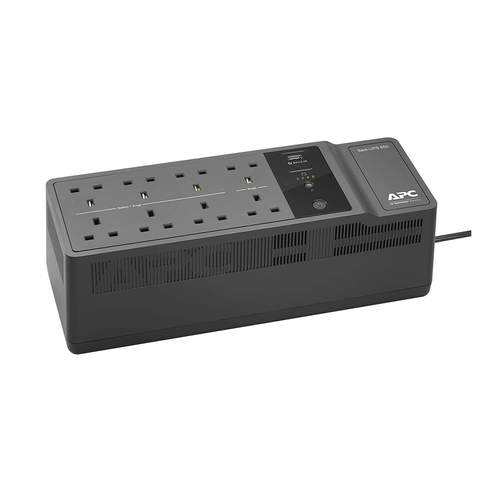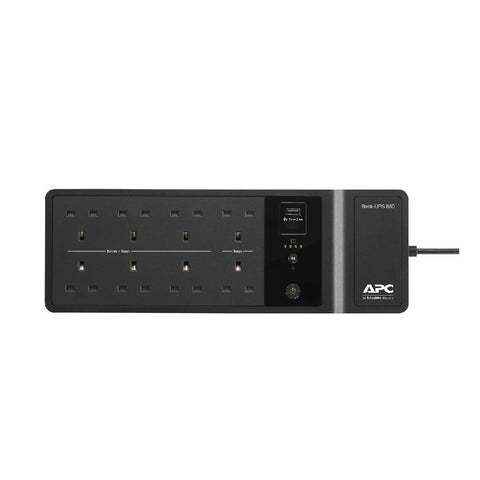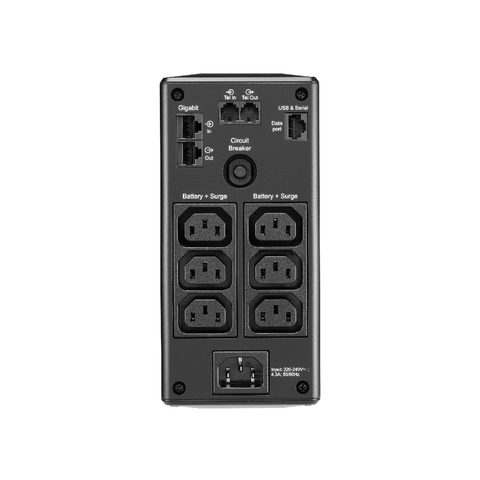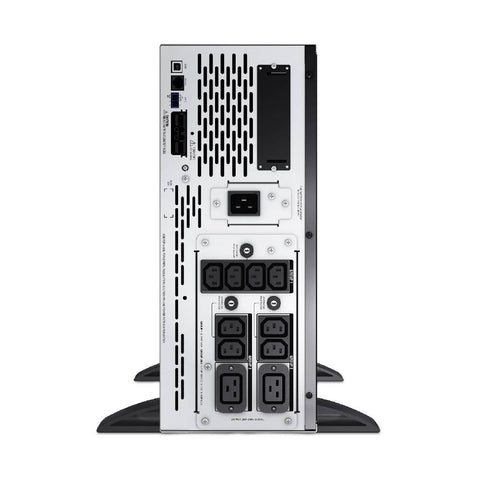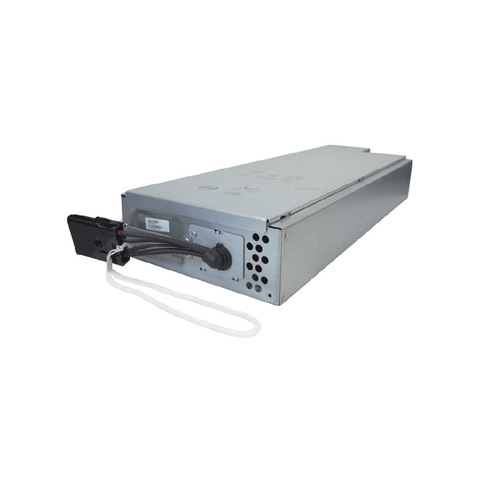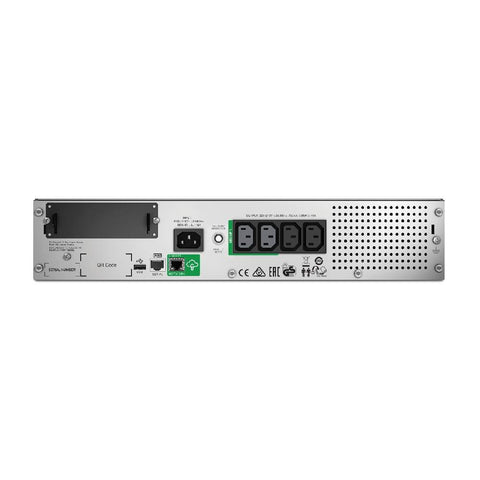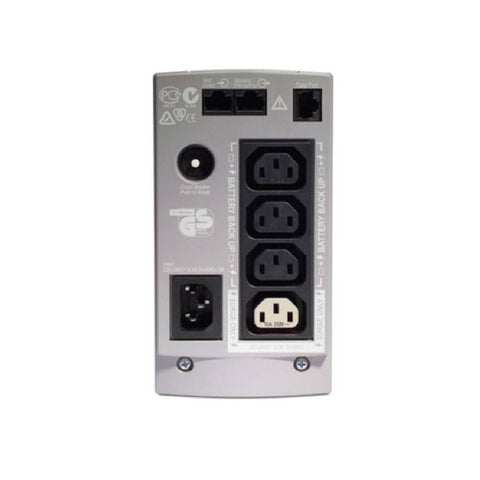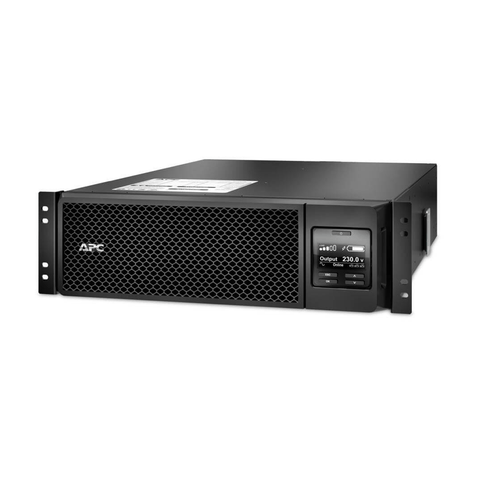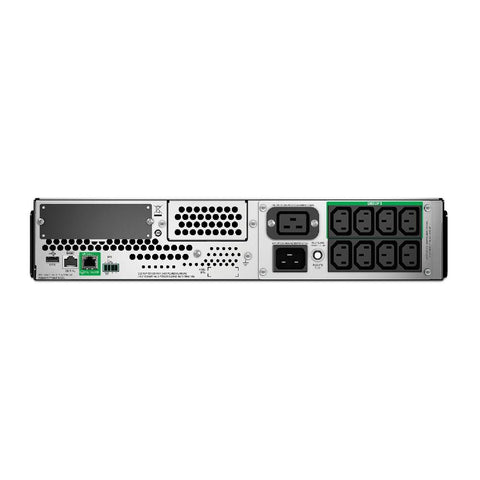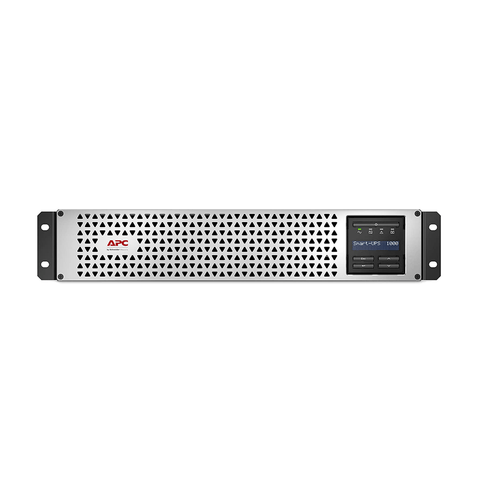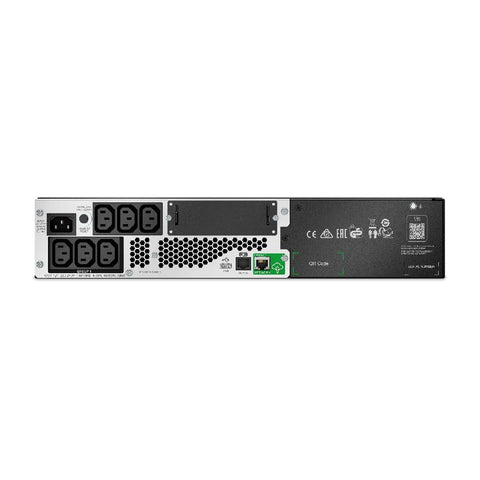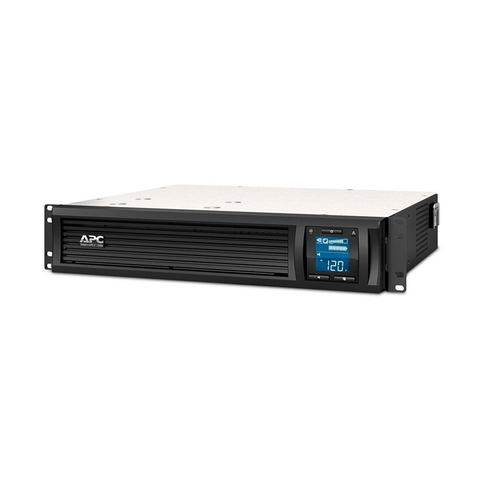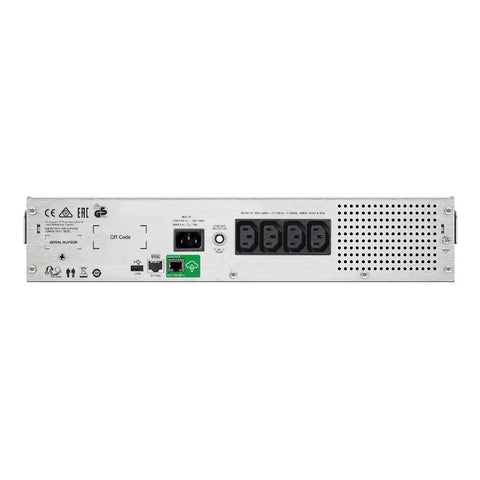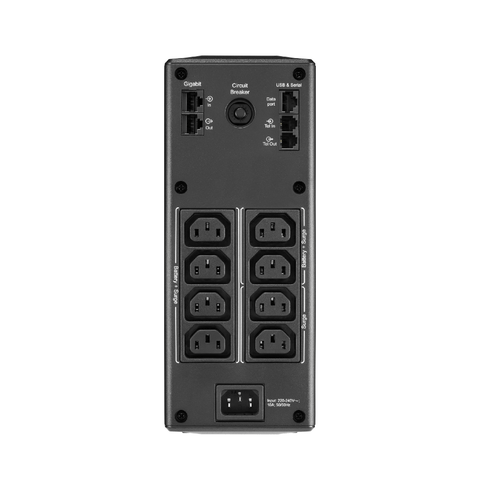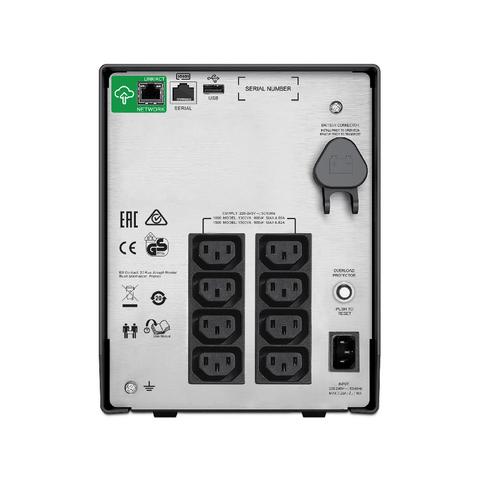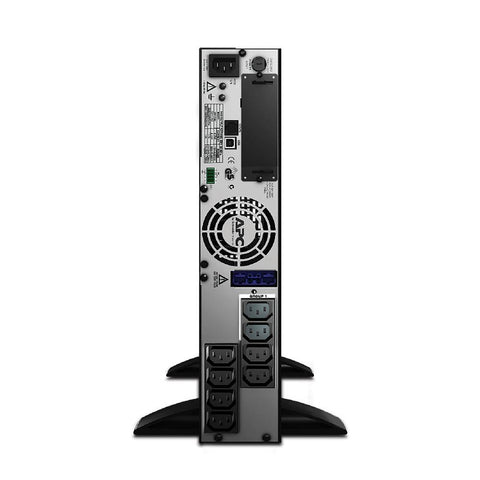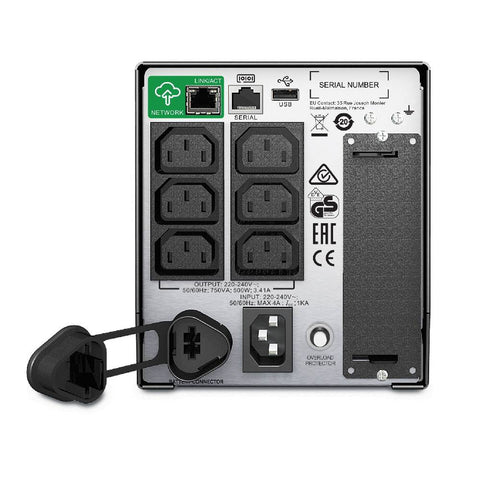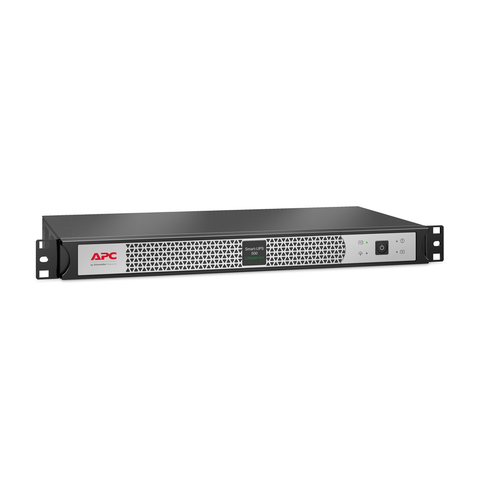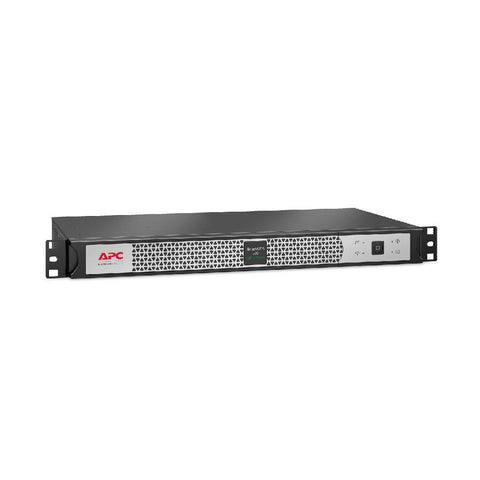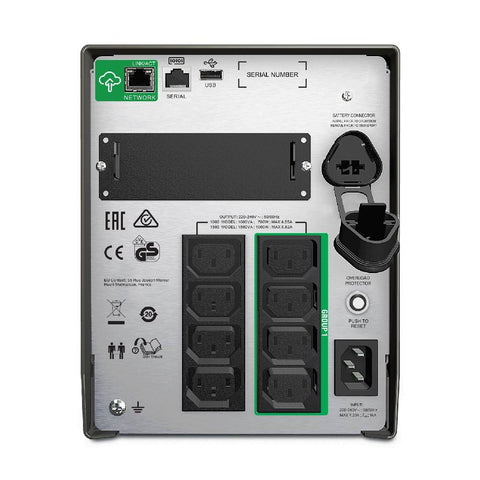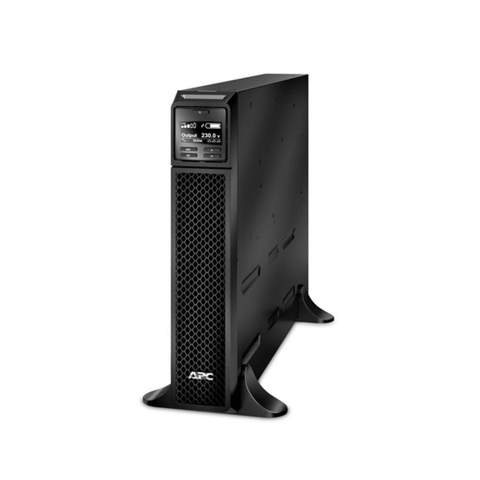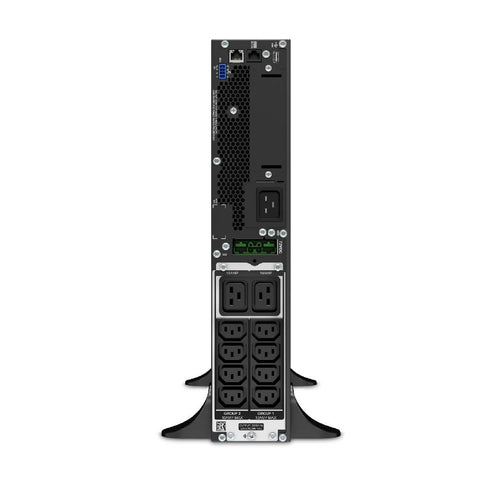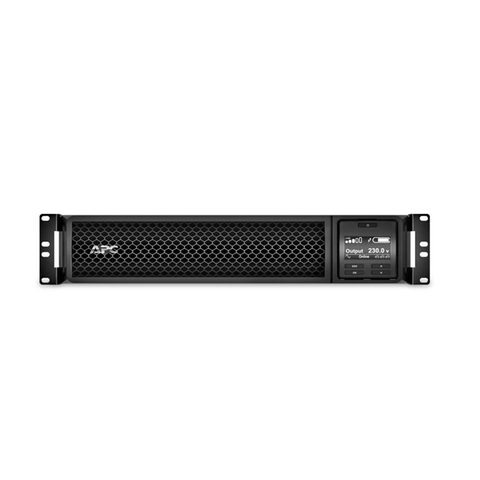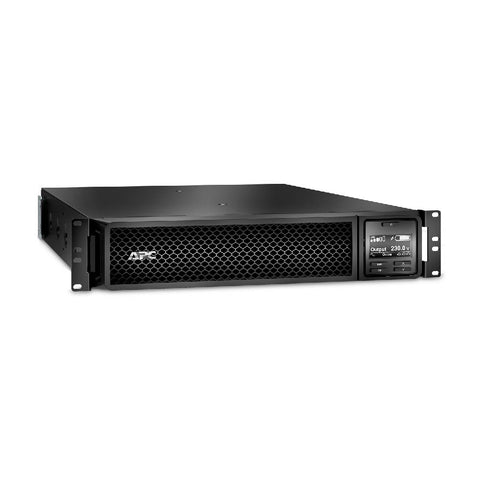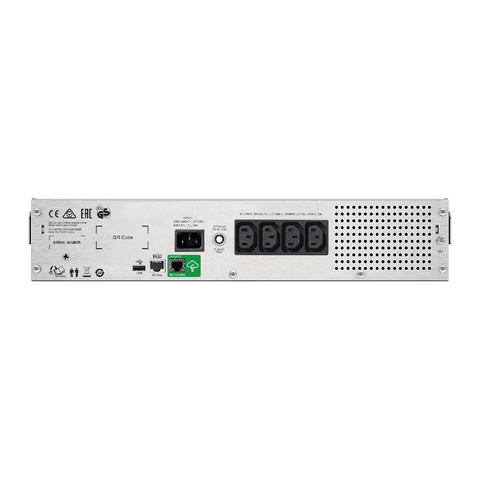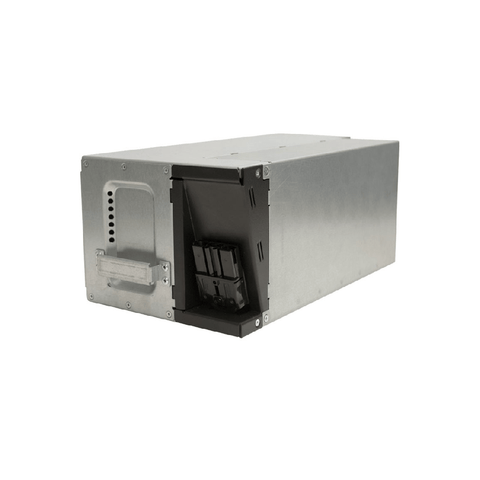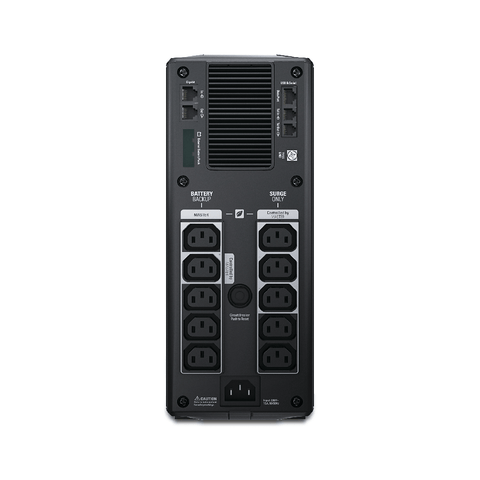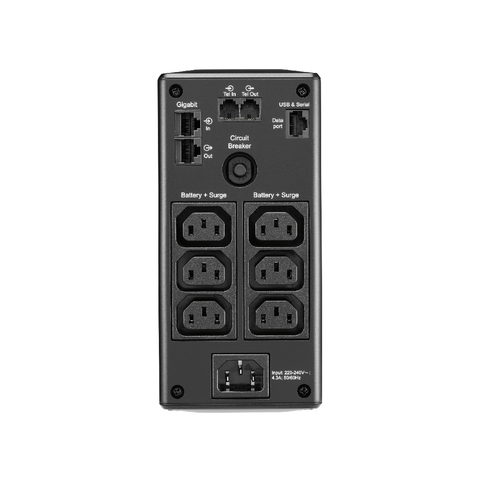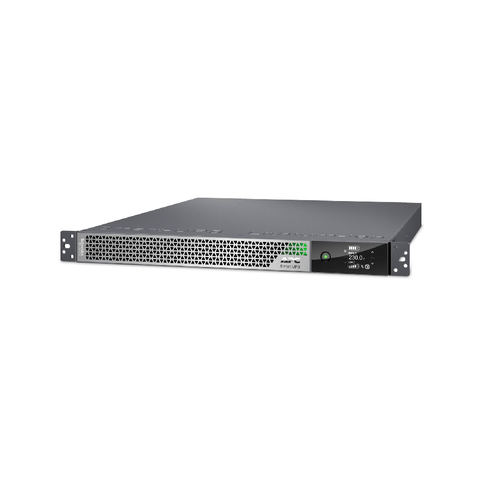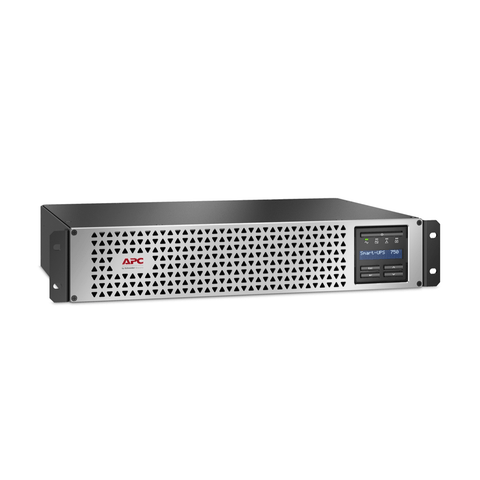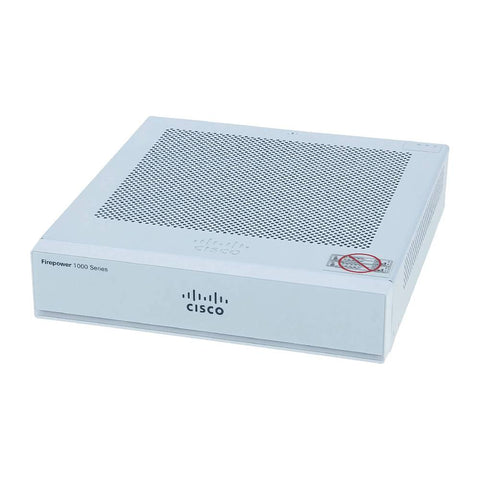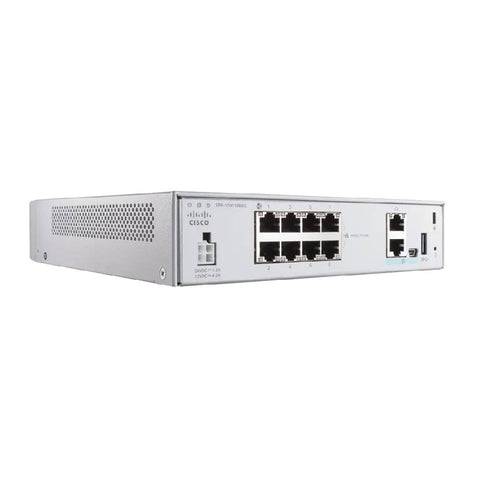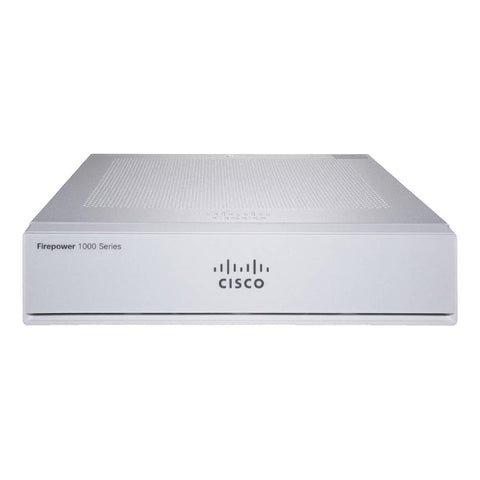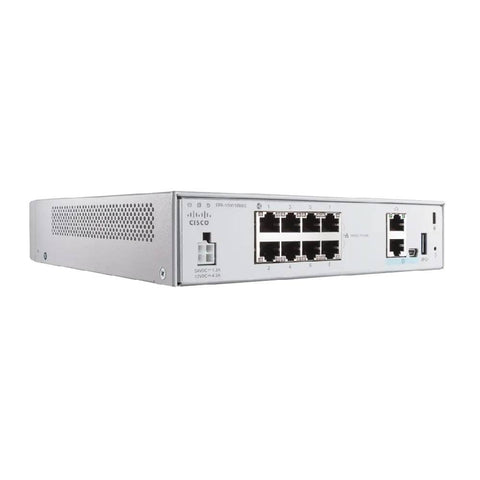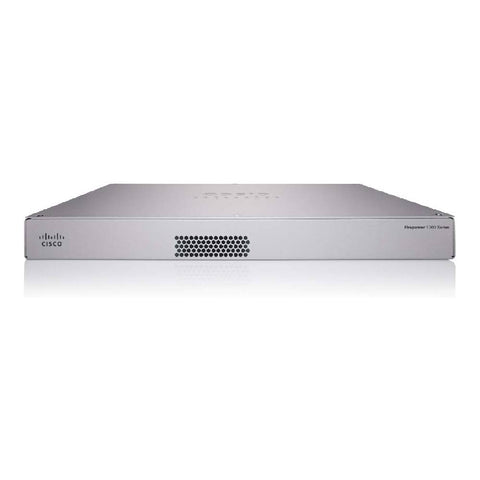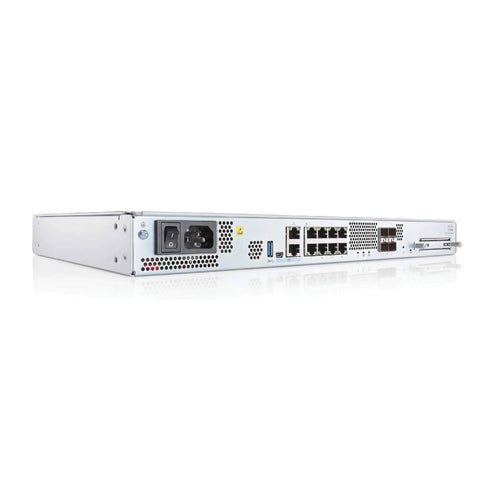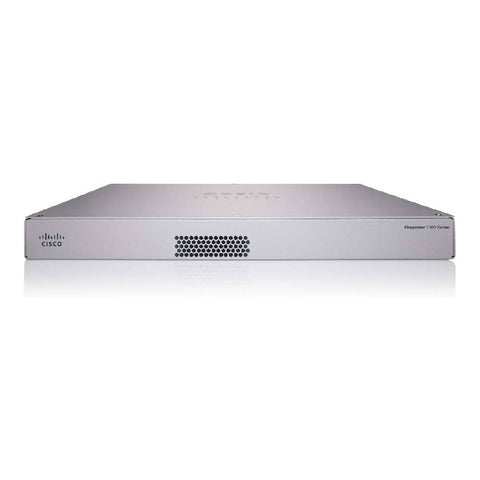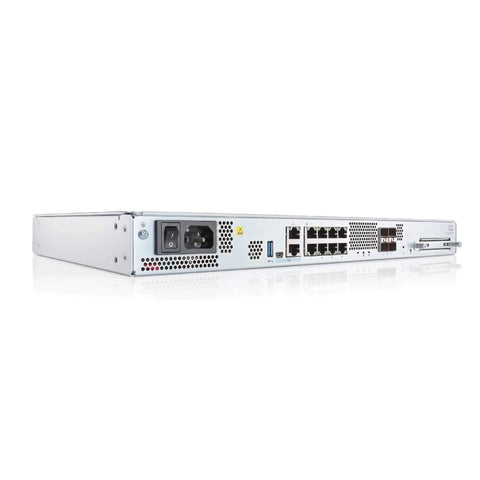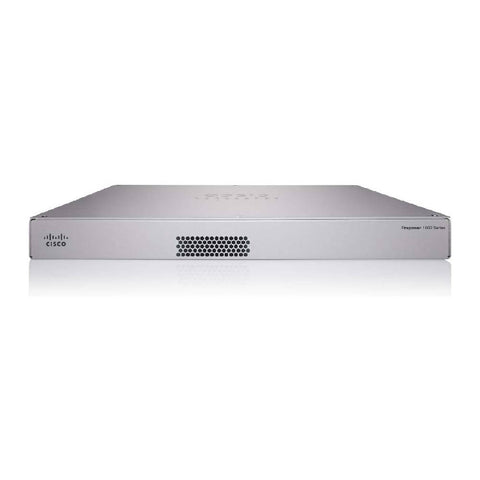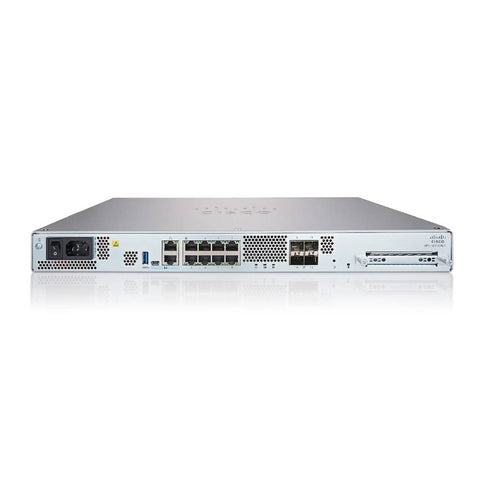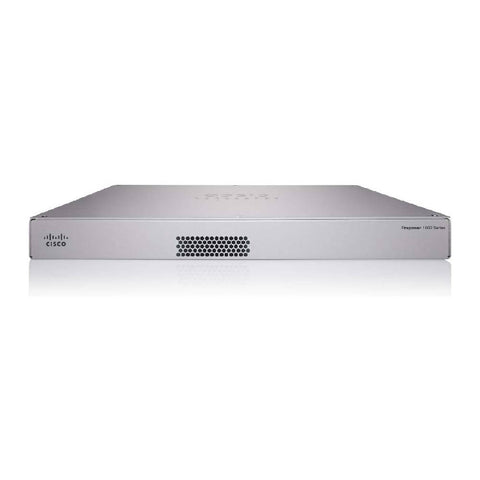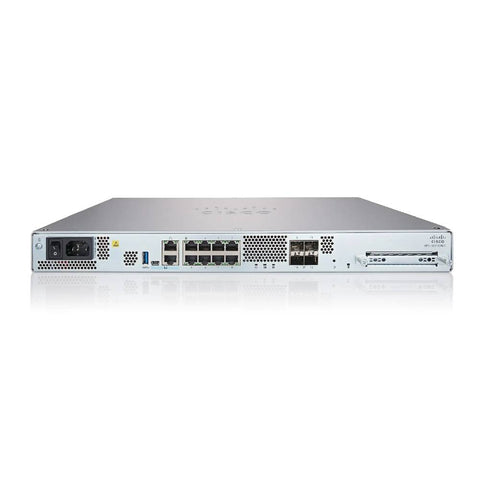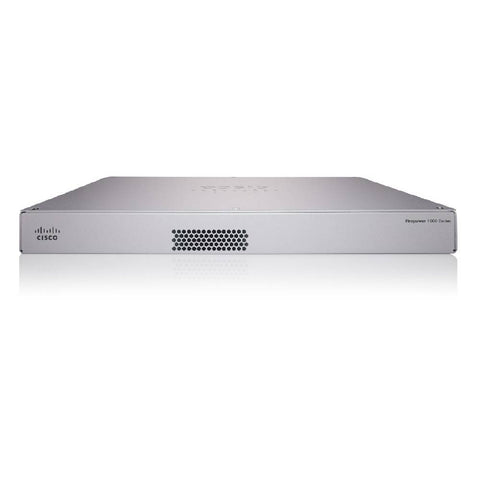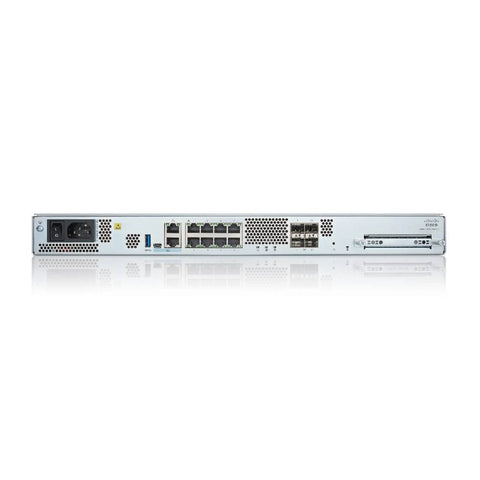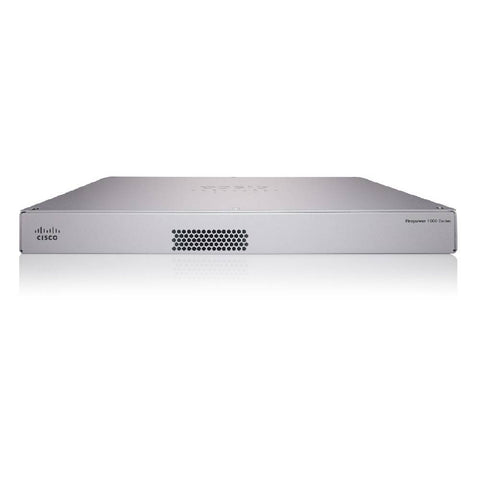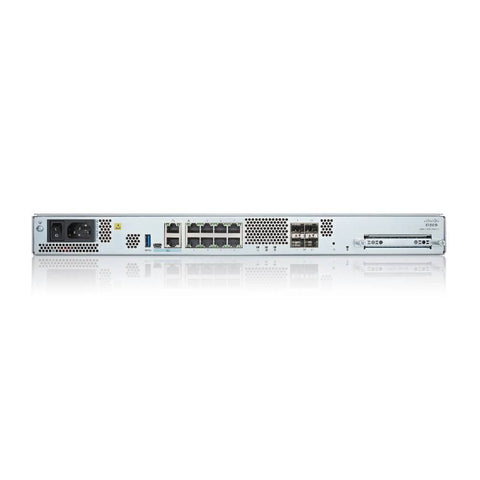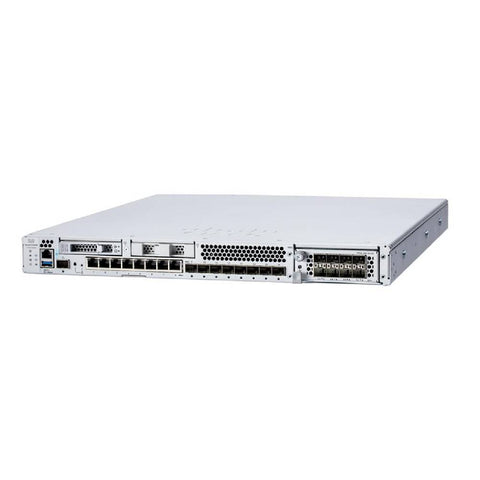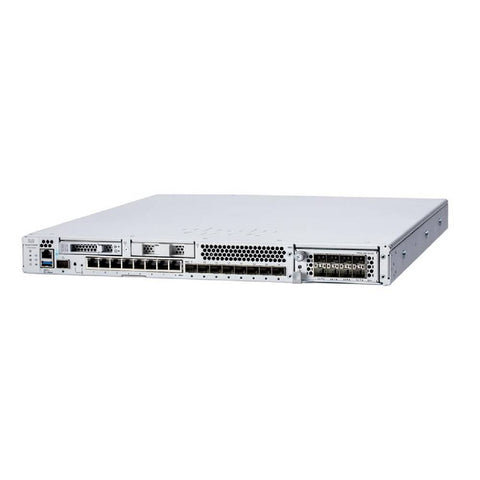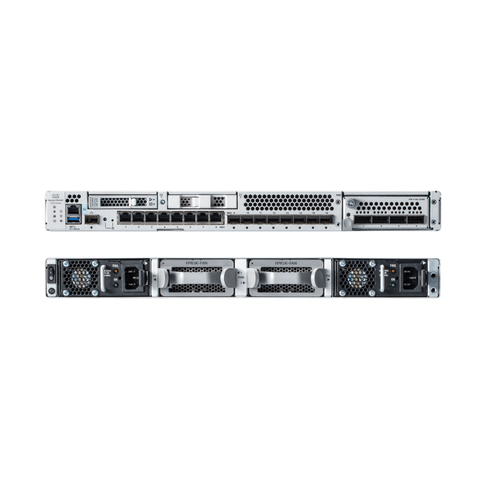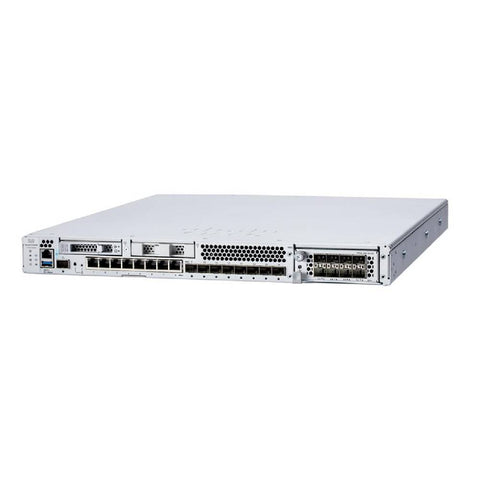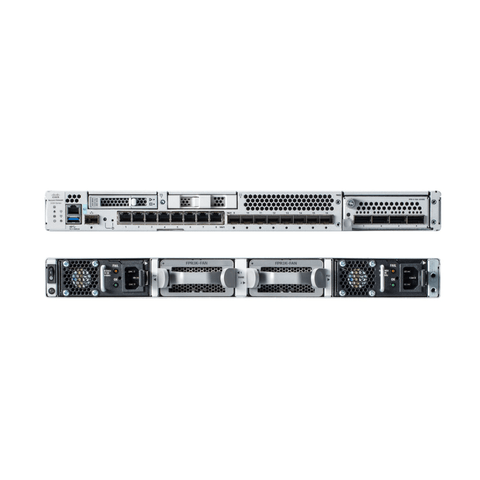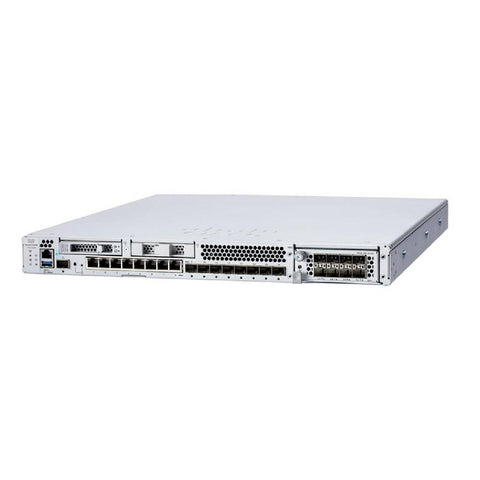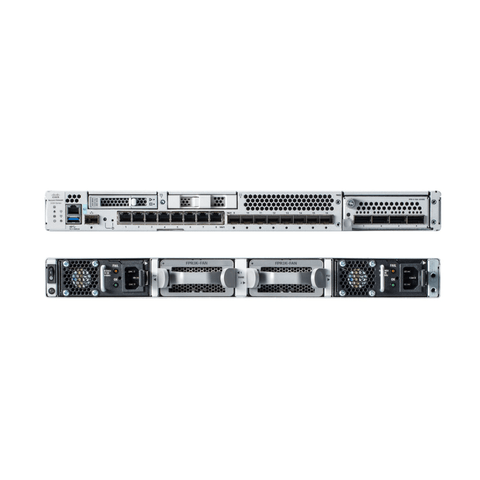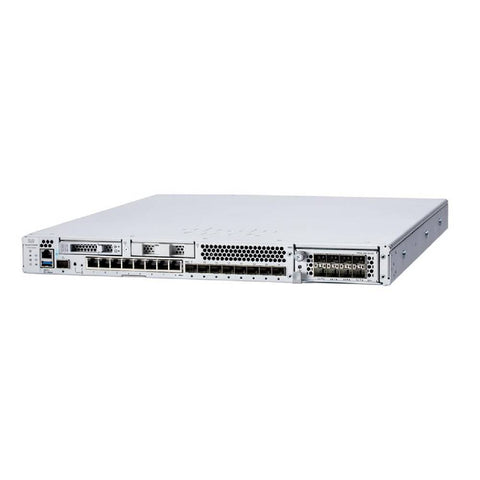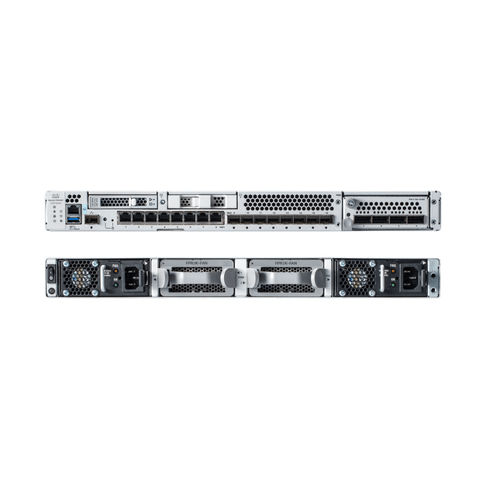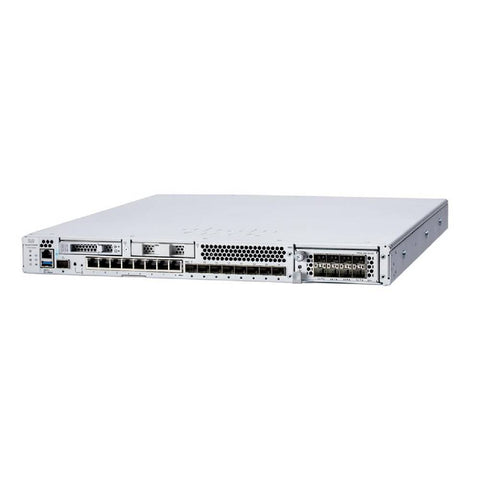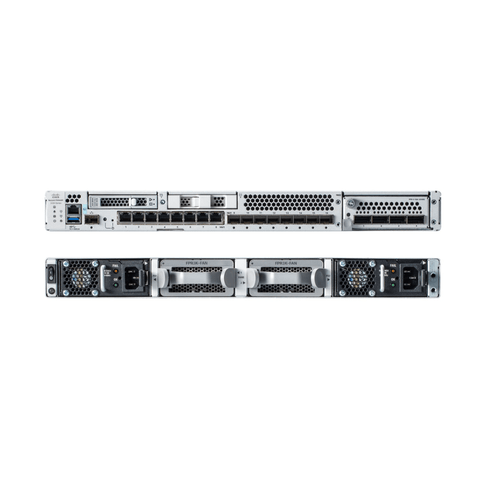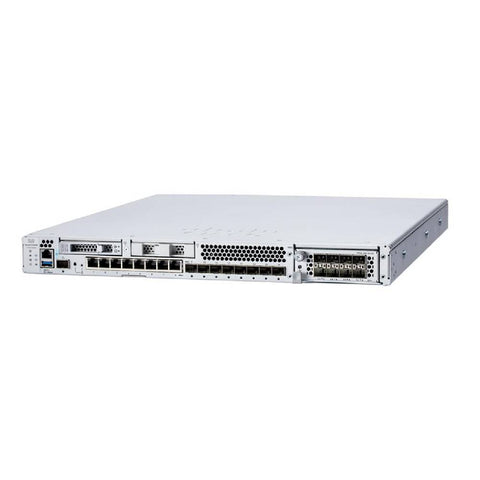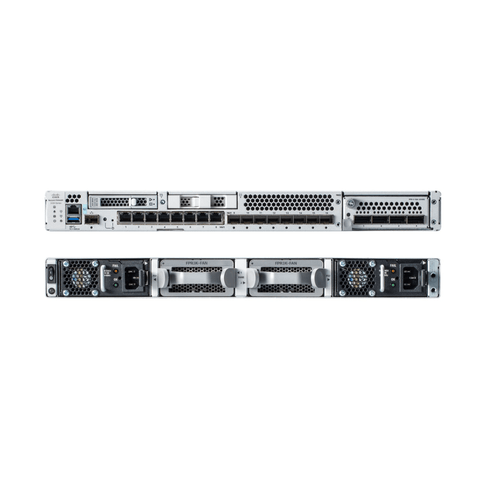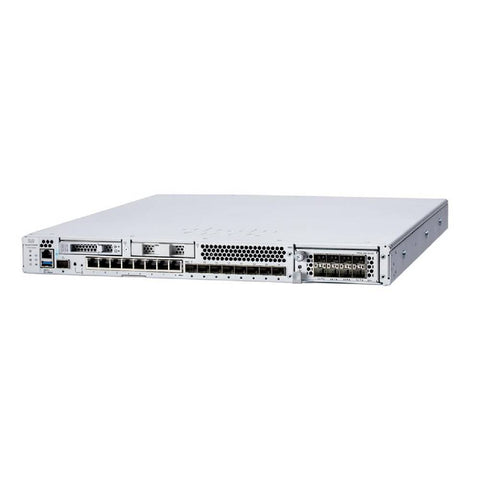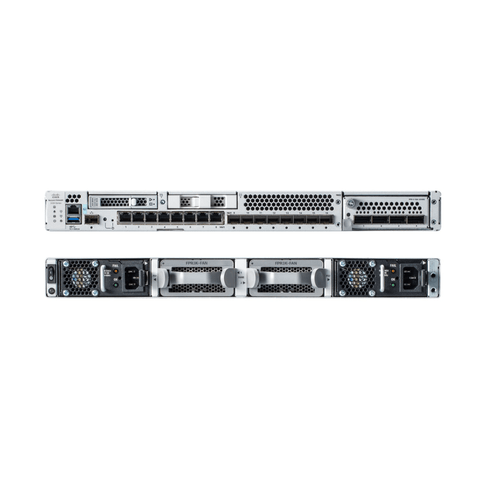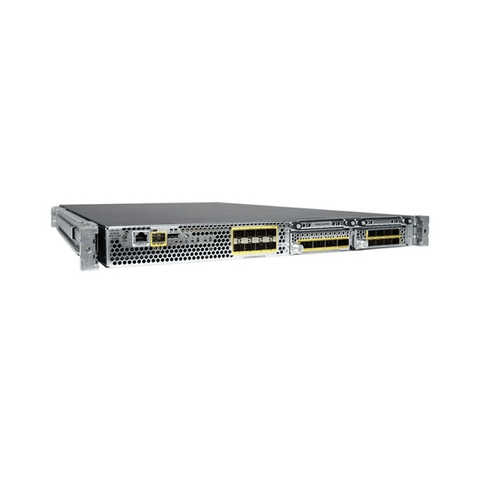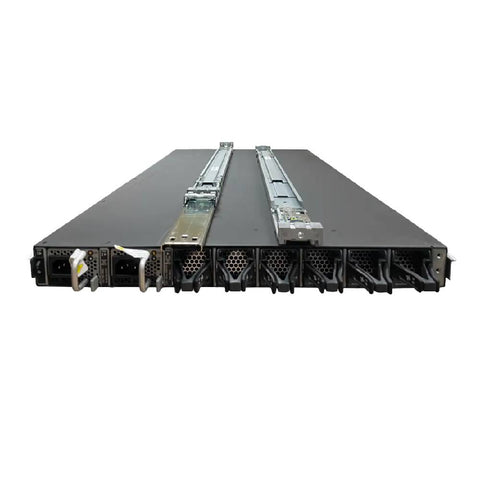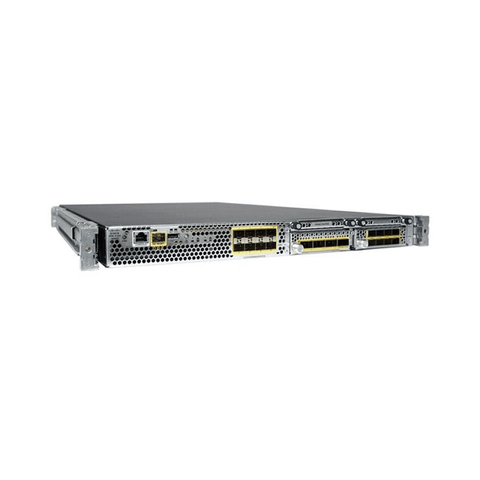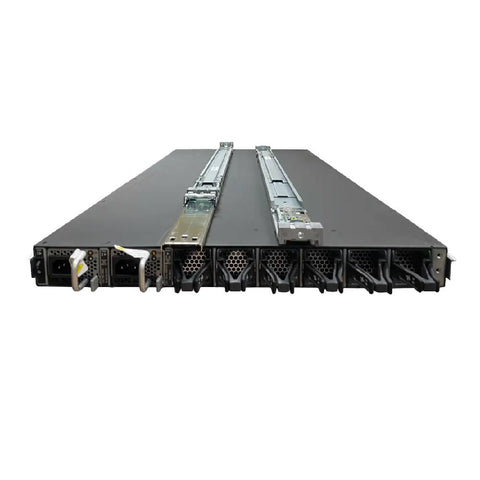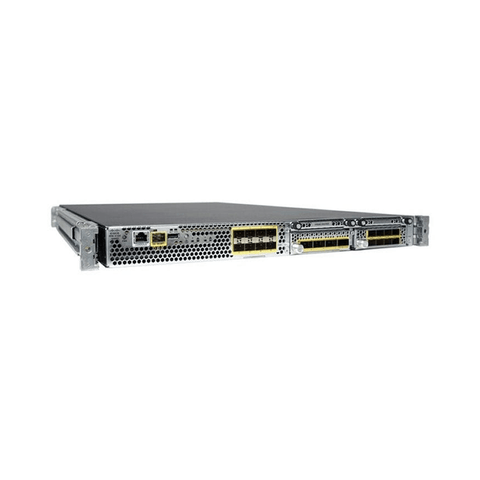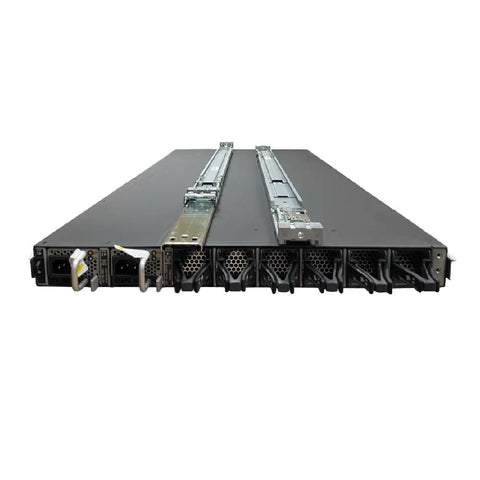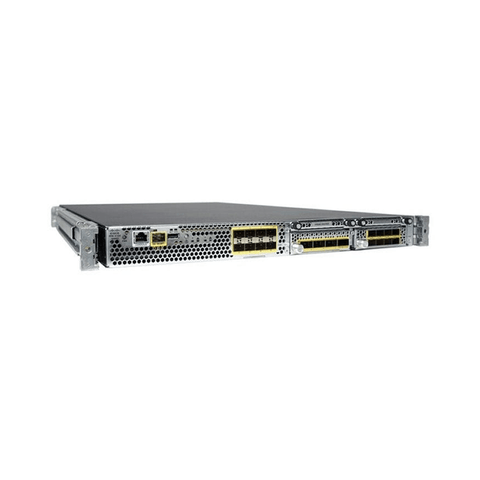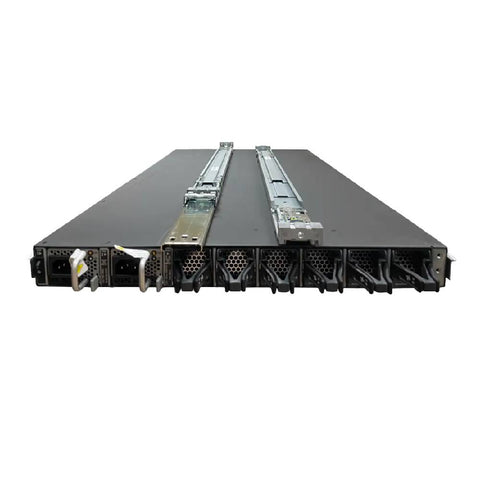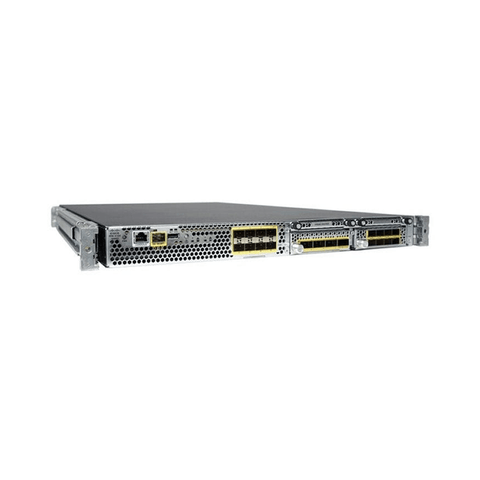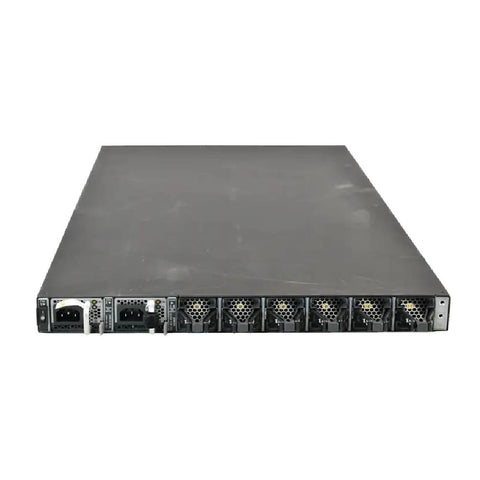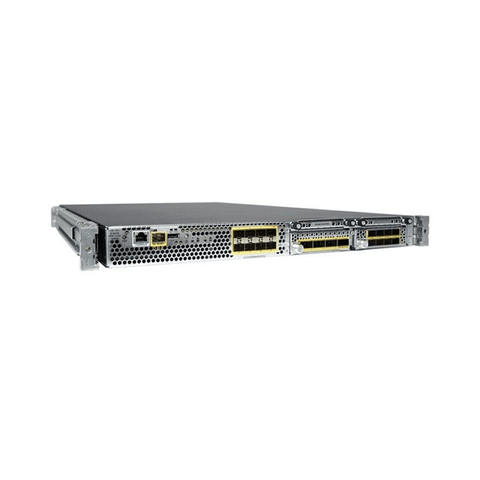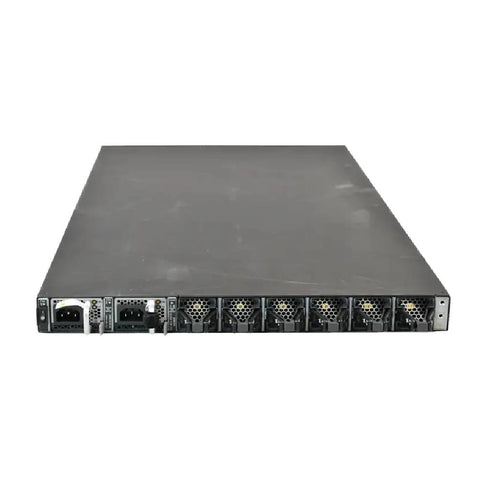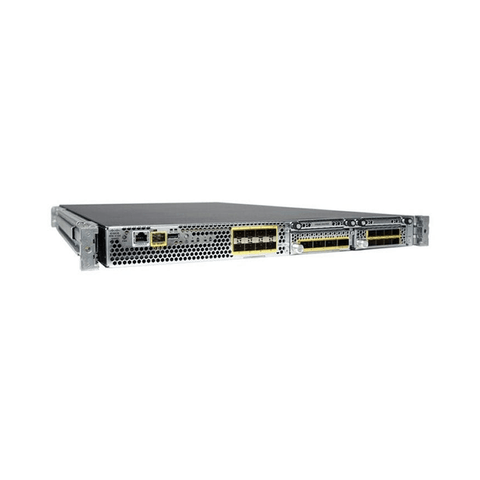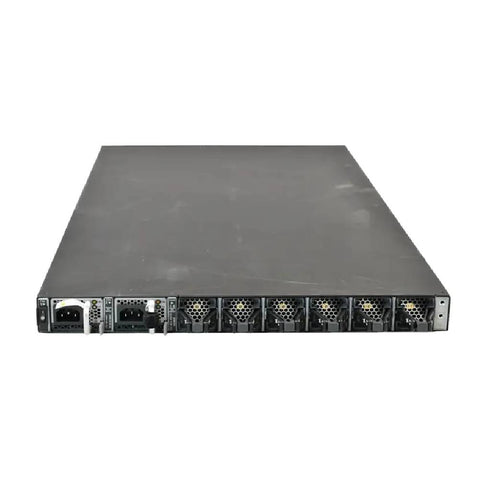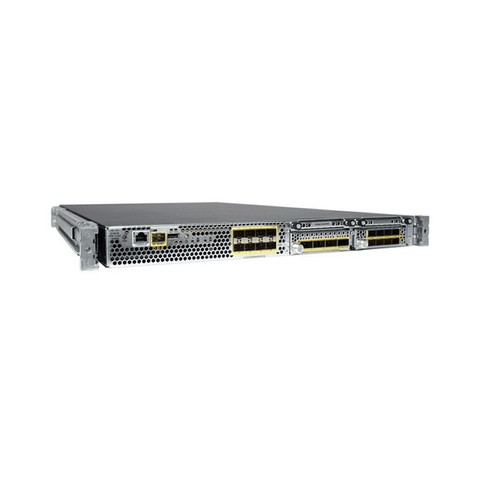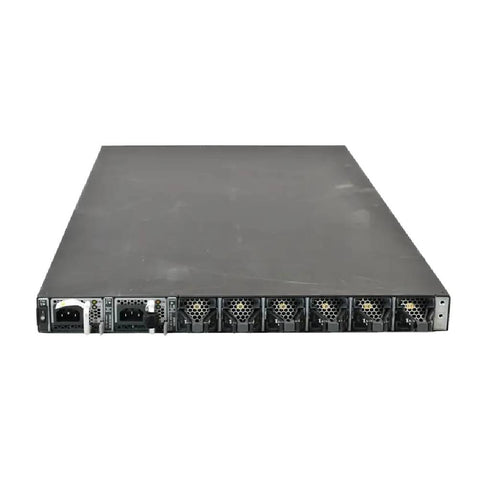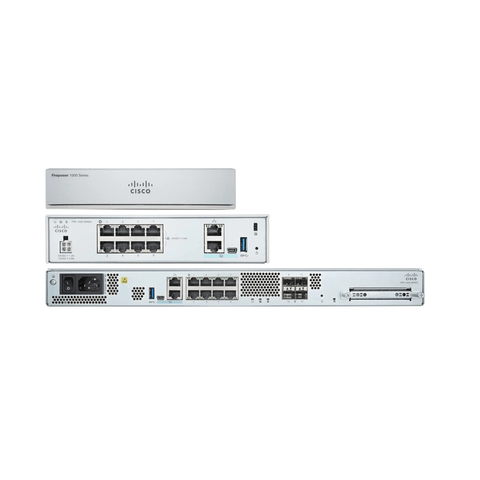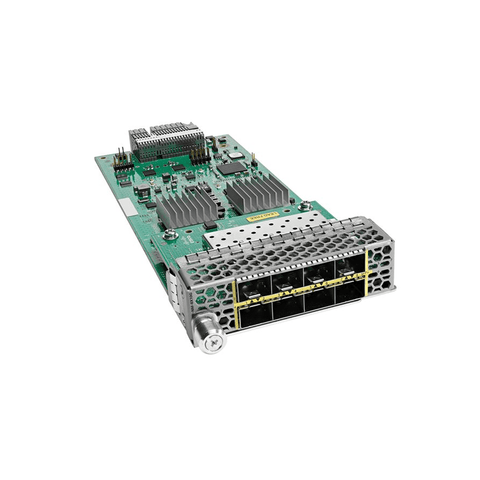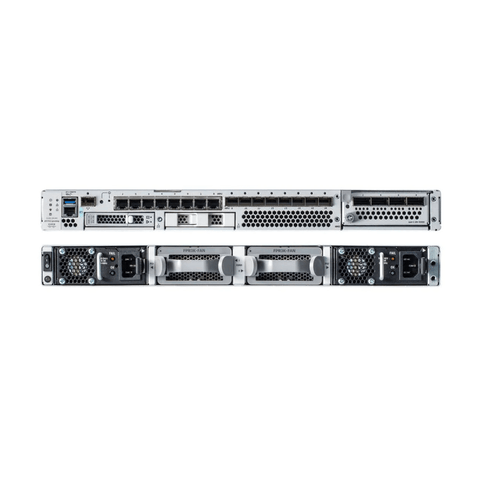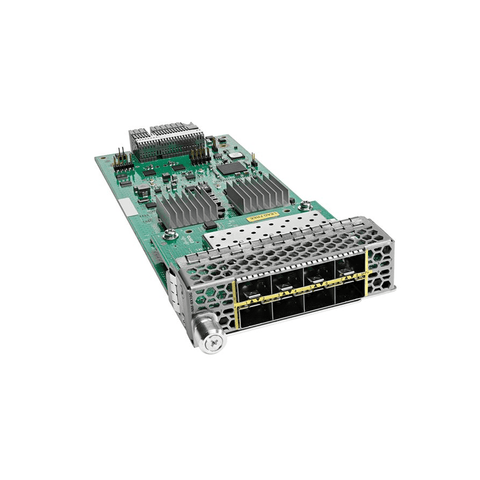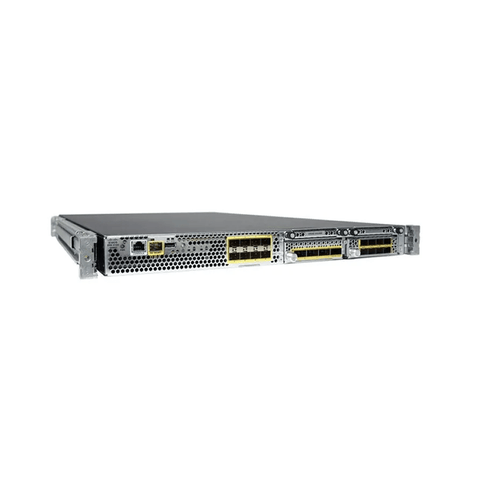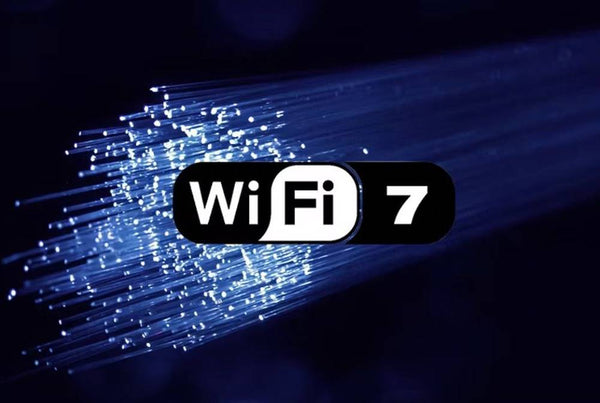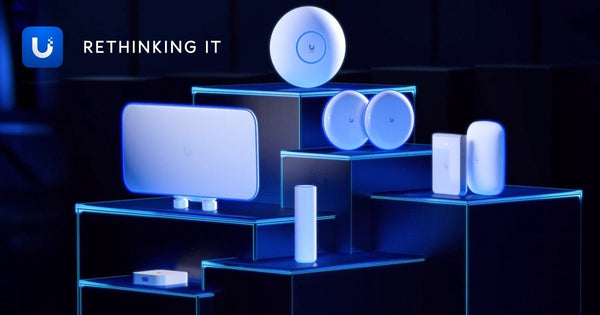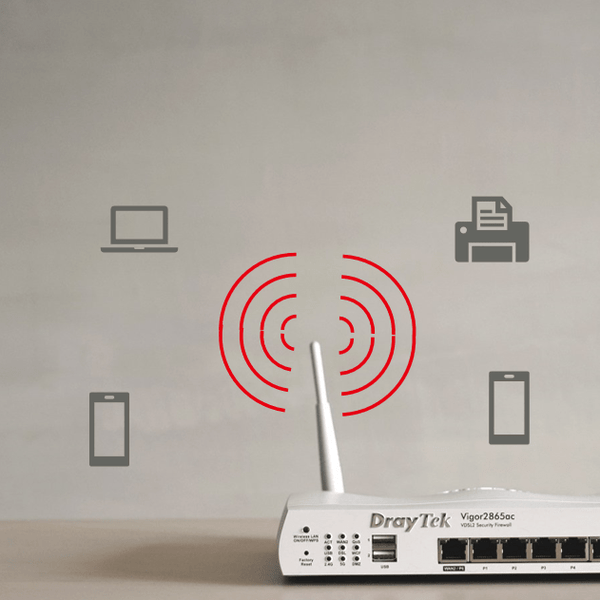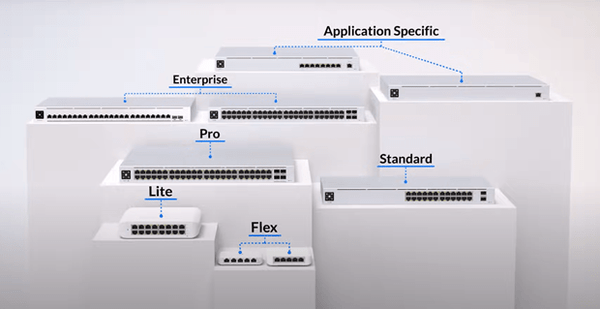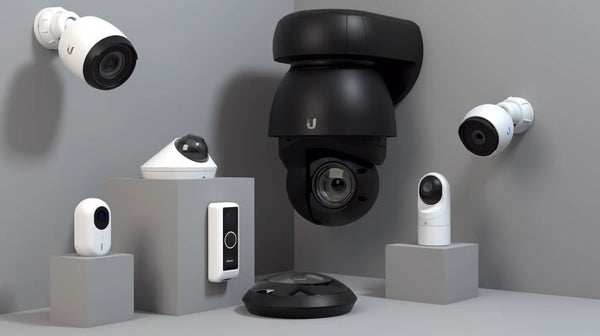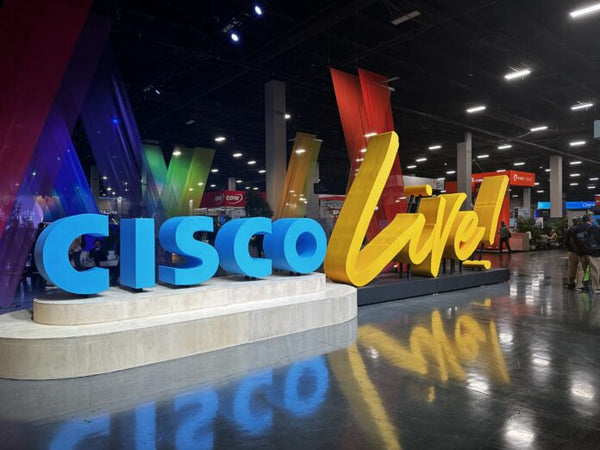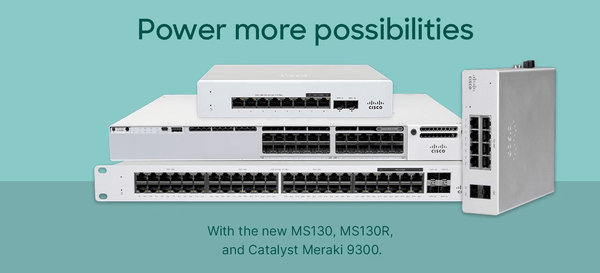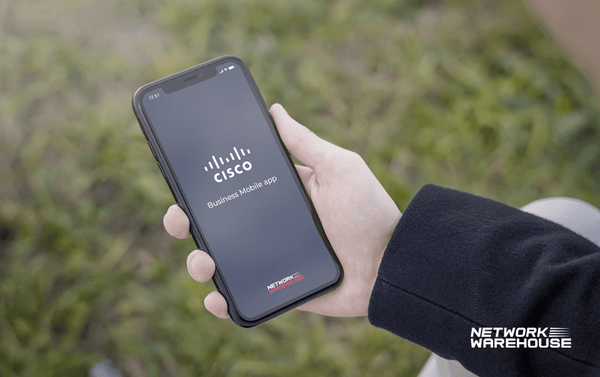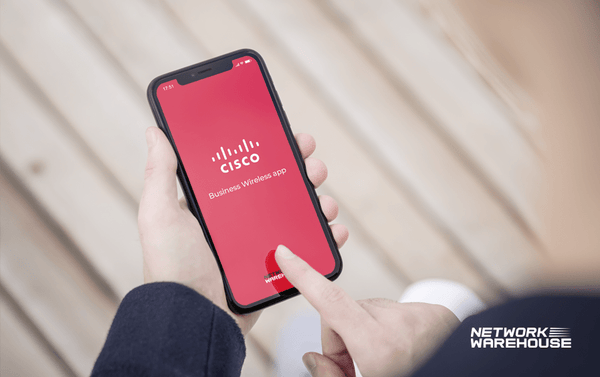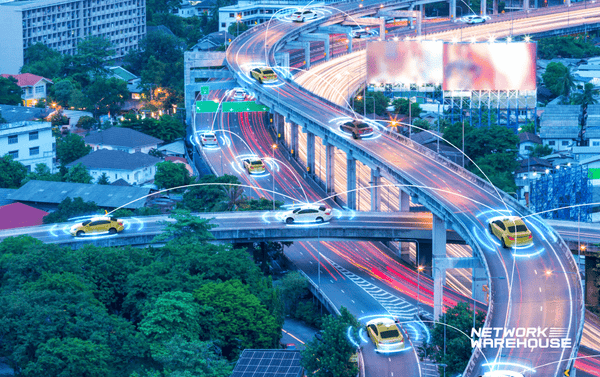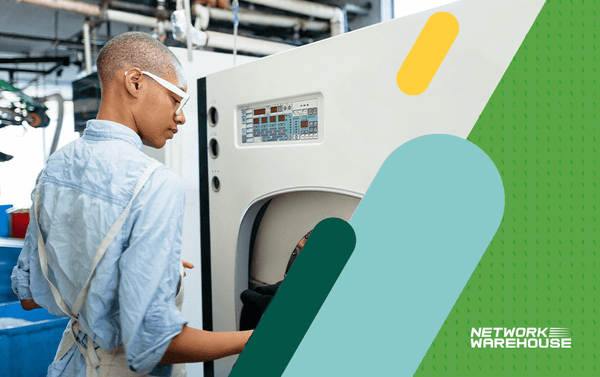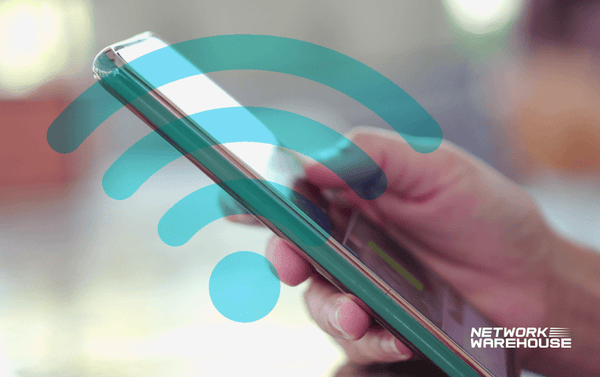
Getting infrastructures in shape for the big return to work
As firms get used to a partial return to the workplace, what will this mean for those that have been charged with keeping business networks up and running during lockdown?
Joel Johnson, vice-president of IT operations, product development at data-driven marketing services firm TechTarget, has been in the technology industry for over 20 years – and he’s seen nothing like this before.
A lot of technology water has flowed under a lot of technology bridges in Johnson’s working career, which began pre-cloud, pre-mobility, pre-virtual private network, pre-video conferencing, pre-unified communications and collaboration. In fact, pre- all of the tools that have kept TechTarget and other businesses up and running in these coronavirus-defined days.
And after three months of having to deal with an almost overnight transition to being distributed businesses – an unprecedented amount of change in such a short period of time – and getting used to the “new normal”, as it has become known, the easing of lockdown in the major economies has meant that the likes of Johnson are now having to cope with a partial return to work involving the implementation of a hybrid business model involving home and office working.
And from a networking point of view, this new hybrid model means more challenges to face – and overcome.
But before we look at the new normal, it is probably worth reflecting on what technology and networking leaders have had to deal with since March, when the pandemic first broke. Virtually all companies are prepared for business continuity events – it’s not totally unknown for major circumstances such as electrical outages or fires shutting down the office for multiple days – but not every company at the same time.
Johnson says: “There’s never been a situation where our entire staff have had to abandon our offices for weeks at a time as we’ve had to in the US in our main corporate office, even though we’ve had a few situations that sort of prepare us for this. We’ve also had blizzards in that area where the office wasn’t available for three or four days either. So, those types of situation really were eye-openers when they happened, and we discovered a lot of things that helped us for this pain and damage.”
And pain, or rather strain, on the networks was predicted by many, with millions forced to work at home for an indeterminate amount of time. However, networks in the major economies have, to date, coped well with the added millions of home users since lockdown began.
As part of ongoing analysis of the resiliency of residential broadband networks in Europe’s major economies during lockdown, customer experience measurement firm MedUX found that the UK’s broadband infrastructure, for one, coped well with the hugely increased demand, after a shaky start, since the early days of lockdown.
And nowhere were those demands heavier than in video-conferencing. Reflecting the massive uptick in revenue that the video-conferencing service saw in the first quarter of 2020, a study by telecoms regulator Ofcom found that Zoom racked up 13 million adult internet users in April 2020 after having only 659,000 in January. Over the same period, group video service Houseparty grew its user base from 175,000 to four million.
Remote working gets stickier
As users got used to the likes of Zoom and Microsoft Teams, the whole concept of remote working looks to have become a lot stickier. A study conducted for networking systems, services and software company Ciena in May 2020 asking 1,000 UK adults about their internet habits and usage before and during lockdown, found that 69% of British adults are now working from home at least some of the time, up from just 9% before Covid-19 measures took effect.
Yet Ciena regards this 776% increase as not just a temporary change, but the complete opposite, because the study also found that more than two-thirds (68%) expect to work remotely more often even after lockdown restrictions ease. Of those people, just over three-fifths believe this will be all the time or much more frequently than before the pandemic.
For Song Toh, vice-president of global network services at Tata Communications, his company’s experience in supporting customers and the global connectivity infrastructure using software-defined wide area networks (SD-WAN) is that, by and large, people were just able to walk away from the office and work.
“They were able to continue working and collaborate with their colleagues, do conference calls, send emails, log into their HR website to do whatever,” he says. “So that didn’t fall over, even in places where people complain about the internet not being good. And this was even though a lot of people weren’t set up to work from home.”
However, some firms had to scramble to get secure remote optimised access for users, says Toh. In particular, those in certain sensitive industries, such as finance, didn’t want people to be able to download files to their home computer because they didn’t necessarily trust the home computer. “They didn’t want people to take screenshots of what was onscreen because of privacy and various reasons,” he adds.
The other thing on Toh’s agenda was working with the big cloud players. Despite what he describes as “quite a bit of scramble in the background” regarding the core network of the big cloud players, they didn’t fall over.
Ciena’s work was echoed by a study of 1,000 remote workers in the US and the UK by global comms agency FleishmanHillard. Seeking an insight into displaced workers’ perspectives and experiences of using digital tools for business purposes during lockdown, it discovered that, overwhelmingly, workers’ experiences of technology for remote communication have been generally positive, and remote working has been a net benefit, despite its challenges.
As many as 85% found work/life balance advantages to remote working, suggesting a rise in digital comms for work as lockdowns lift.
FleishmanHillard drew the conclusion that workers don’t want to give up what they have gained, indicating that companies should maintain some degree of flexible working arrangements and double-down on digital tools for remote communication.
“Our research shows that the vast majority of people don’t want ways of working to just return to ‘normal’, as some employers start to plan for a return to physical offices,” says Sophie Scott, senior partner and global managing director of technology at FleishmanHillard. “Jobs we previously thought could only be done from the traditional workplace have adapted, and workers have discovered that they enjoy many parts of remote working.”
Yet even though the general consensus has been that employees in the major economies forced to work from home since March have coped well, but research from Hitachi ID Systems and Pulse notes that CIOs have had to battle hard to maintain acceptable experiences for remote workers. Its May 2020 survey of 100 North American C-suite executives at enterprise, mid-sized and small companies, looking at the biggest roadblocks IT teams have encountered while dealing with the new normal, found that as many as 95% of all CIO respondents said their IT organisations had been bogged down by inefficiencies since the pandemic accelerated a shift to remote working.
Employee password lockouts were reported to be the top challenge, with 71% of respondents saying this had harmed productivity. The second most common challenge, with 55% of responses, was employee inability to access on-premise applications to complete their work. Some 43% of respondents experienced issues with multifactor authentication, while issues with an insecure, undersized virtual private network (VPN) was noted by 29%.
Pressure on VPNs
The vast increase in mobile workers and a commensurate rise in the attempts by such dispersed workers to gain secure access to networks through VPNs had been predicted as a likely problem for firms, given that traditional VPN technologies were not constructed for deployment at such scale. Indeed, after the first few weeks of lockdown at the end of March 2020, a NordVPN study showed there had been a 165% spike in the use of business VPNs and an almost 600% rise in overall sales.
Interestingly, TechTarget’s Johnson reveals that when dealing with snow-related issues, one of the key issues and subsequent learnings that prepared him for what was to come concerned VPNs. “When those things happened, we had capacity issues with our network, specifically with our VPN, and we realised we were running out of licences when big events happened in the entire office and we would have to work from home,” he says.
“So we’ve ramped up capacity. That really prepared us for this current situation. From a technology standpoint, we were just ready for this…we didn't have to do much. We weren’t overloaded, everything just worked. We just flicked over to Zoom. Here’s where a little knowledge is a big thing now.
“I’d say the biggest thing that happened was the Zoom mandatory update. There wasn’t a lot of communication from Zoom until last week saying you have to do this on Saturday, or your Zoom’s not going to work. So we had to quickly mobilise on Friday to write a package to update a lot of our Zoom clients and there were some challenges with that because their directions didn’t work correctly. We didn’t have time to really test.
“So, we just sort of dealt with issues on the fly. But other than that, things have been pretty smooth.”
Smooth, that is, apart from a UK firewall issue related to an old copper part of the apparatus and, with UK staff not in the office, there were delays in dispatching a service company to perform the necessary fix. Like all companies in all sectors, Johnson has dealt with logistics issues in getting vital equipment out to company personnel.
Tata’s Toh also stresses the issue regarding VPNs and scale with such massive increases in home working – something he says even the biggest networking technology suppliers never expected. “I think for the most part, they didn’t set up the scale to handle 95% of employees working from home,” he says. “Maybe 20-30%.”
But there is another issue the huge increase in home working has revealed, says Toh. “It also highlights that the more cloud-centric you already are, the more resilient you are, because those applications tend to be secure already,” he says. “If you have already set up single sign-on, you don’t necessarily need to use it to do a VPN into some application because routing through the corporate network just so that you can get back to SaaS or public cloud, it’s a bit contrived.
“But in any case, these didn’t fall over. There’s a short jump in demand of quick fixes, such as scaling up VPN solutions. But now I think enterprises are looking beyond that point and are looking at reopening.”
But what will the new reopened offices look like? For a start, those employees that do return to work will encounter an office environment that looks substantially different from the one they left behind. Social distancing measures will need to be taken in offices, which means full complements of staff - will simply not fit into the space available.
That means semi-permanent home working, with organisations faced with the new reality of having to manage a hybrid workforce, with people both working remotely and on-premise, to varying degrees.
For Nabil Bukhari, chief technology officer and chief product officer at Extreme Networks, the new reality is an inversion of the business set-up for which many networks were specifically designed. He sees networks having an important role to play in keeping people safe in the workplace. For example, by deploying occupancy sensors that provide real-time location analytics, staff who are in the office can find out where they can best and most safely perform their role within the workspace.
Bukhari also sees a place for internet-of-things (IoT) devices performing tasks and operations remotely to minimise employee exposure.
One size does not fit all
But he warns that, from a supplier and technology point of view, a one-size-fits-all approach to network connectivity does not cut it any more. “That being said, the main objective of providing reliable and secure connectivity remains the same and the key to enabling this lies within the cloud,” he says. “Cloud-driven networks are location agnostic, providing robust and resilient connectivity to all employees, no matter where they are, without affecting performance.
“Devices that return to office networks after all this time away pose a significant security risk to organisations. We are advising our customers to stick to network security best practices – including network segmentation, device activity monitoring and role-based access policies – to protect themselves adequately.”
The added deployment of IoT devices is just one of what will be a proliferation of digital devices and touchpoints, leading to an exponential increase in data as the Covid-19 crisis reminds companies just how mission-critical global networks are, says Claudio Scola, head of product management for fibre-based networking and cloud connectivity provider CenturyLink.
He notes that fast and reliable networks that can handle the capacity demands to support business continuity and accelerate digital transformation, have so far been a crucial component in enabling the new normal to succeed, and crucial going forward. And as organisations now plan, Scola believes the pandemic has forced them to rethink how they will meet the evolving needs of their customers and employees and position themselves for growth.
“With the ongoing volumes, enterprises need to figure out how to manage this flood of information, extract the most important details, and use these insights effectively to move the organisation forward,” says Scola. “Data that is accessed, analysed and acted on immediately, drives innovation, operational efficiency and customer satisfaction.
“Enterprise leaders tell us there is a new urgency for adopting an innovative, adaptive networking infrastructure with automated control, that can intelligently respond to application needs and data volumes, scale on-demand and offer capabilities such as embedded security and real-time cloud connections.
“The technical debt of legacy on-premise static networking takes a heavy lift to adapt versus a dynamic cloud-enabled and secure, adaptive network. In the future, as adaptive networks take greater advantage of advanced machine learning, developments in automation, API [application programming interface] integration and burgeoning global network standards, we expect that businesses will be able to move further towards a model where the agile network responds automatically to business change.”
It is the likes of TechTarget’s Johnson who are going to be tasked to decide when to make these changes and he feels that the past three months have provided valuable lessons in dealing with the new hybrid model. Lessons learned can be applied as his business moves forward, despite acknowledging that there was no playbook to refer to for what could have been an almost indefinite period working in this new way.
“We didn’t specifically plan for this type of situation, but I’d say the company itself, at least within our engineering group, we’ve always operated with the capability to just do this because we do it all the time,” he says. “And we use all these technologies that allow you to be efficient remotely. It was the other departments that really had no idea how to be mobilised and be effective out of your house.
“We had to get them up to speed with how to use Microsoft Teams, how to use Zoom, and how you actually can be just as efficient out of your house using these tools with your teams, and how to use them effectively.”
The slow drift back to work has already seen Johnson’s job change slightly. He is now coping with about 25 people in an office that normally handles 400. Understandably, office network traffic is very light at this stage, and to support office work requires one person to be physically located within the fixed site, but he says these numbers are picking up, especially with new hires, and this will create added work.
“There’s going to be some deployment things we have to deal with, there’s some physical desk setups we have to do right now,” he says. “So it is more of just providing a physical presence right now to handle logistics – that is changed for a small percentage of my staff.”
Working on the assumption that things are slowly drifting back, Johnson is still aware that he may need to plan for another exodus of workers. Asked how, if another lockdown happened right now, he would react differently to how he did in March, Johnson doesn’t think he would change many things. “The only changes I would consider making would be stocking up on some inventory items,” he says. “That was the only challenge we’d have, if we needed to ship a laptop, particularly a Mac laptop.
“It was really difficult to get something out of shipping, especially when Wuhan was completely shut down. You were looking at a three- to four-week lead time for a Mac laptop, which in the business world doesn’t cut it right. The one thing I could do better is make sure I have inventory before shut down. And so, that covers you in case you have someone new start, or your laptop died. You don’t want to wait two weeks. I think we did a pretty good job, but that was one learning experience I wasn’t prepared for.”
Strong demand for SDNs
Tata’s Toh says his company is now seeing very strong demand for software-defined networks (SDNs), and even beyond that, a more SASE-like architecture convergence of network and security. But ultimately, Toh believes the hybrid environment genie is out of the bottle and companies will need a core network that is very programmable and scalable, with a “very capable” edge that is orchestrated to run various functions.
“We advise our clients to find ways to make employees most productive and happy,” he adds. “As we look at the post-Covid, post-lockdown period, companies are deliberating about being able to let everybody work from home and see what is most productive in terms of the company. There are people who want to be back in the office, and not just because their bosses say so. People will say, ‘I get more stuff done I can manage my life better, if I’m working in an office.’
“The infrastructures are there, but every enterprise needs to continue to look at network transformation and digitisation, and then the architecture that is securing the users and the applications. I hope that what companies consider, now they have seen the picture of everybody working from home, is what do you actually need? And if you scale back and, say, maybe only 30% need to be working that way, or 60%…would it be practical to prepare for 100%?
“It’s not likely that everybody would be doing that. I think a lot of infrastructure today isn’t the most friendly. You can keep things going. You might be keeping setting people up at night just to make sure that things don’t fall over, but how do you set it up so that it is more capable of supporting a future with more people working remotely, and needing security that is even harder to control than on-premise security?”
Joe O'Halloran, Computer Weekly | 06-July 2020

